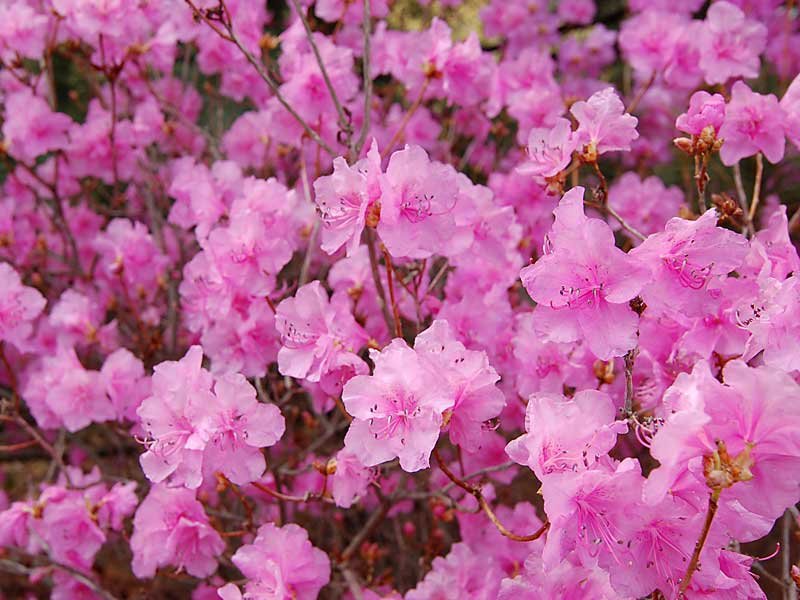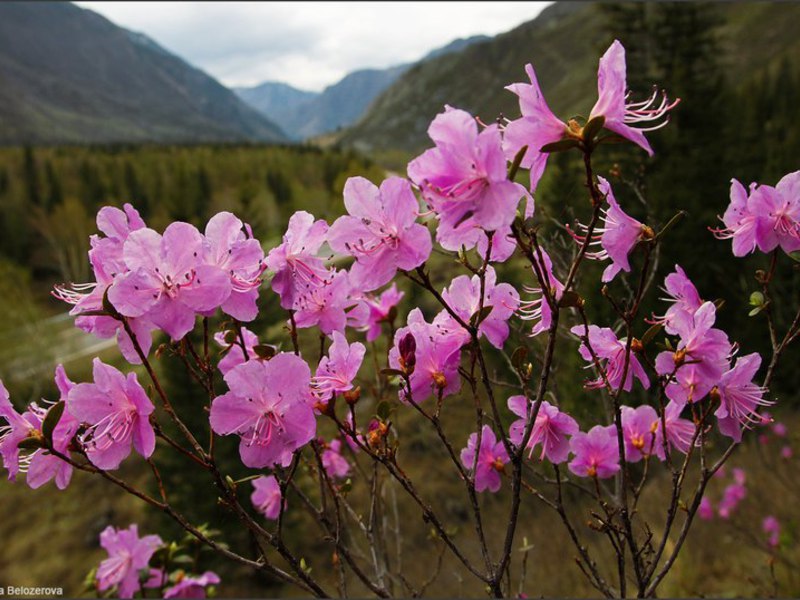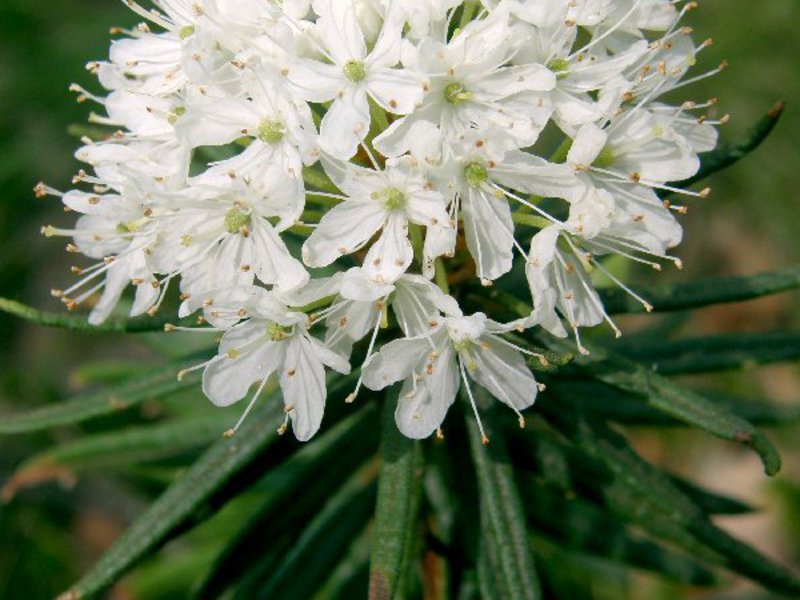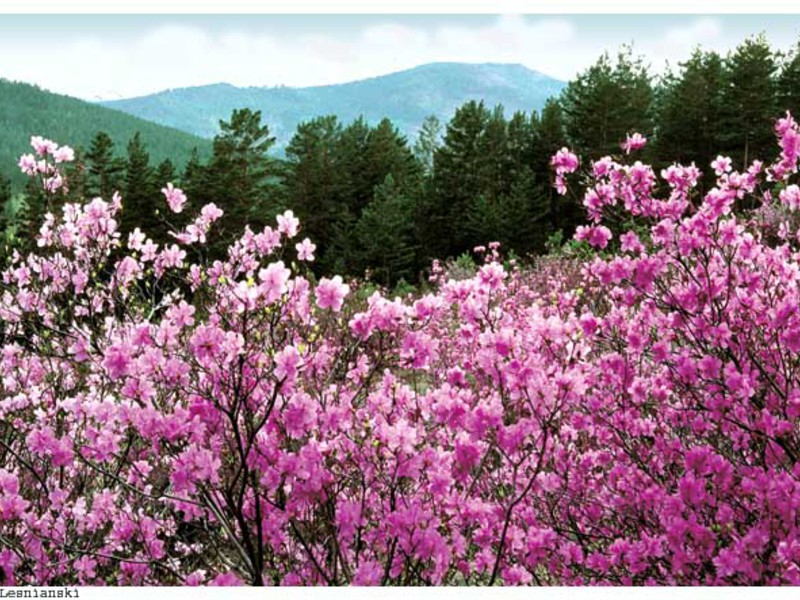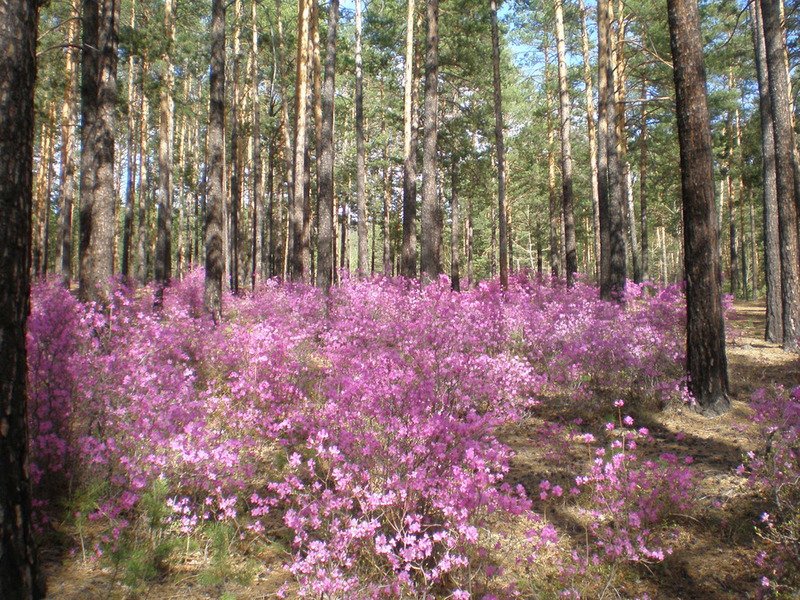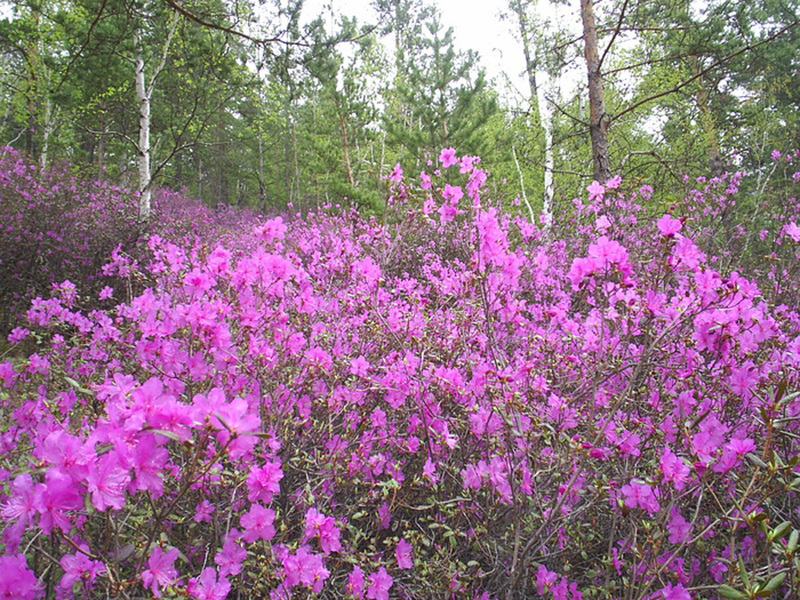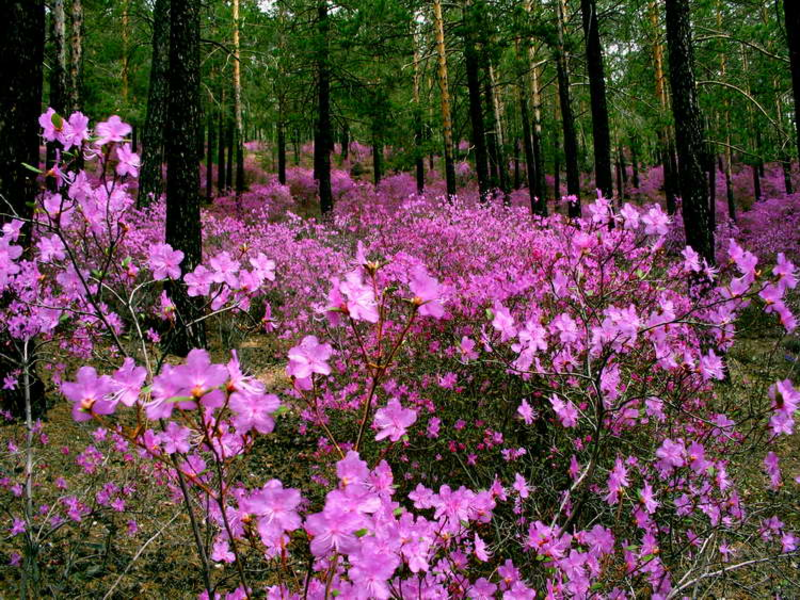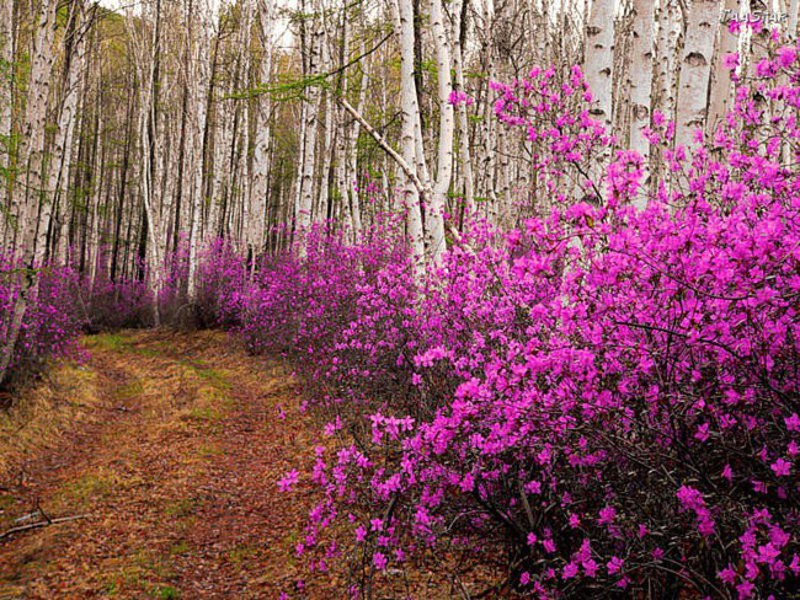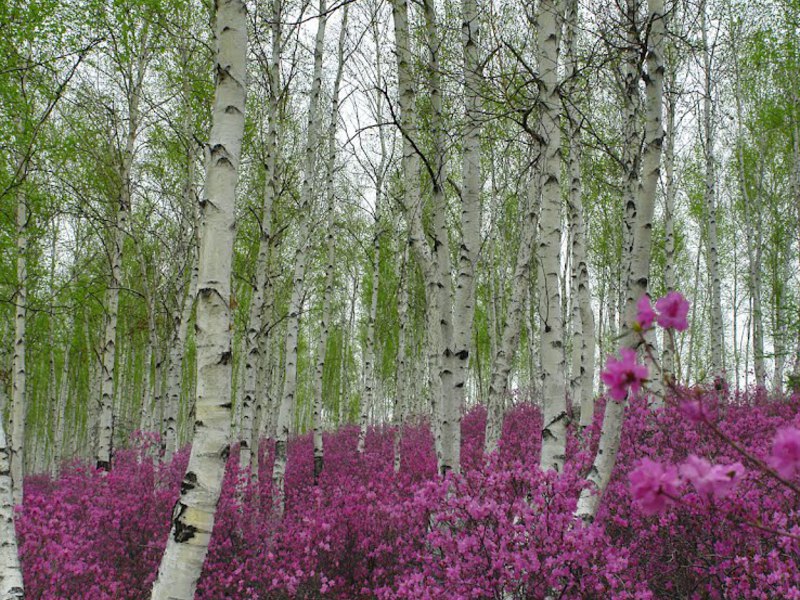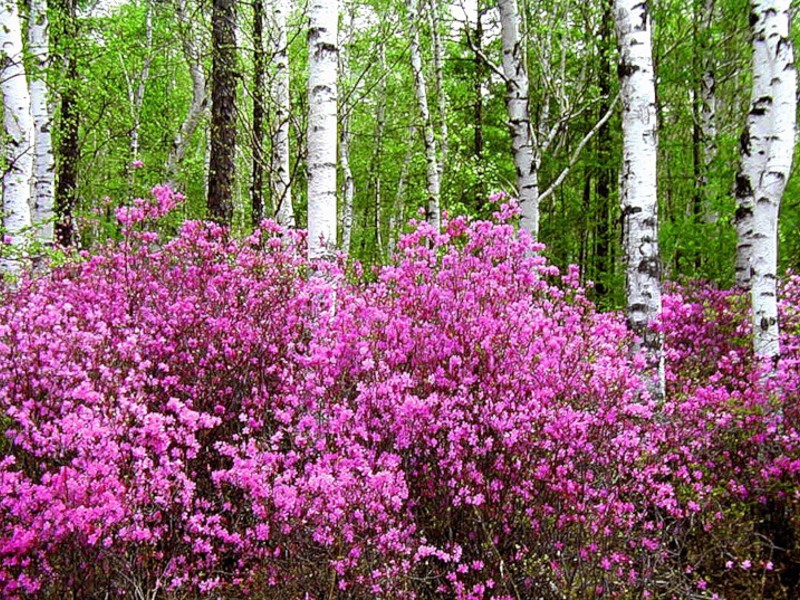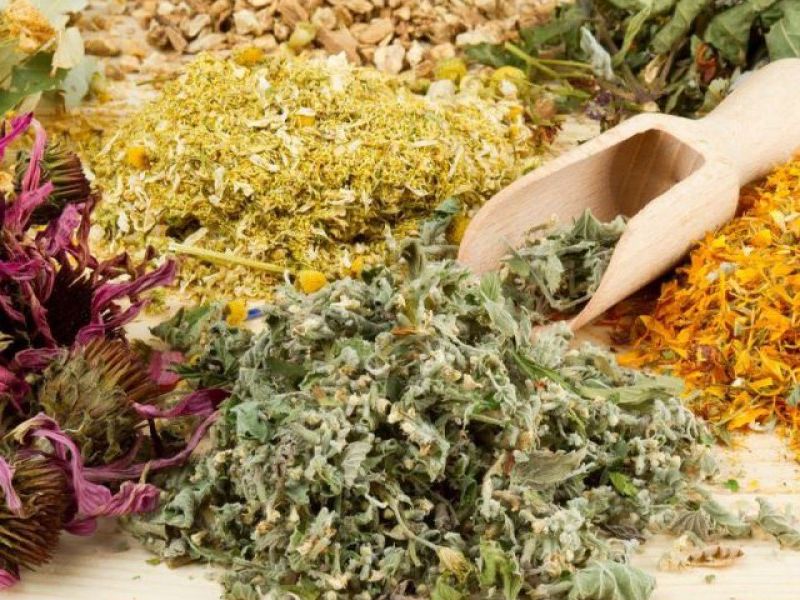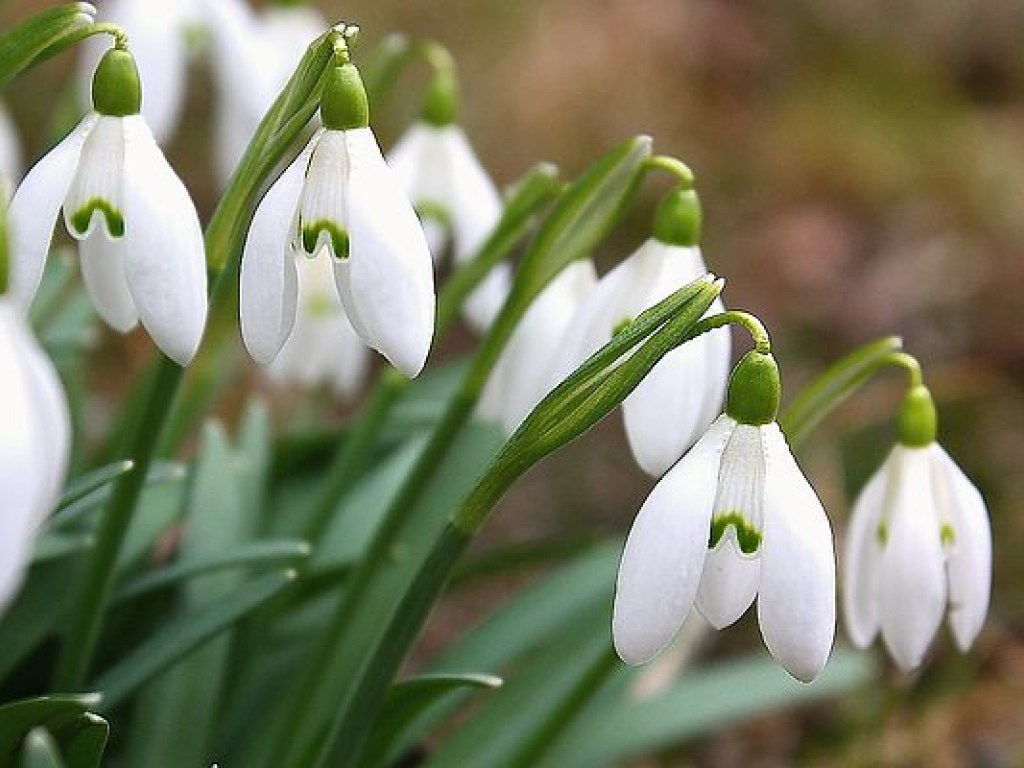Ledum is the most famous herb, popular for its extraordinary flowering and aroma. From the Greek language "wild rosemary" is translated as "incense", and from the Old Church Slavonic "wild rosemary" means "to poison." Translations from both languages just speak about the main characteristics by which wild rosemary is recognized - it is a suffocating aroma and even mild poisoning, with a long stay nearby.
What does wild rosemary look like
Ledum belongs to the Heather family, according to domestic scientists, but foreign scientists attribute it to Rhododendrons. Therefore, we can often find confusion, for example, the Ledum is called the Daurian rhododendron. This bush is an oligotrophic plant, which means that it will grow well on poor and acidic soils with poor lighting.
Ledum is a very poisonous plant. Its flowers are good honey plants, but even honey from them will be poisonous, without harm to the body, only the bees themselves can eat it. Not only flowers are poisonous, but the plant itself is completely.
It blooms in late May. It blooms very beautifully with white or pink flowers. The photo confirms the beauty of those places. There are so many flowers that when you look at the bush, it seems that there are no green leaves at all. Along with the aroma, essential substances enter the atmosphere during flowering. Their concentration in the air is very high, and therefore destructive for both humans and animals.
A person who has been at least a few minutes surrounded by flowering shrubs, dizziness, headache, nausea begins, and you can even faint from inhaled essential substances. Animals bypass the place of flowering of this plant, but if they did get hit, then, like people, the animals begin to feel bad, lose activity, a feeling of exhaustion and weakness appears. Such cases are common with hunting dogs.
Ledum species
Allocate four main types of wild rosemary:
 Bolotny (photo). This plant is very common both in nature and culture. In another way, it is often called bagun or forest rosemary. It is a highly branched and evergreen shrub. The height can be from 50 to 120 centimeters, and the diameter of the bush is about a meter. The leaves are greasy, dark, shiny with a pointed tip. The edges of the leaf curl strongly downward. The flowers are white or light pink, collected in multi-flowered umbrellas. They smell pungent. Some use this plant as an ornamental one, but remember that it is poisonous and think about where to plant it and what is the permeability of people in this place;
Bolotny (photo). This plant is very common both in nature and culture. In another way, it is often called bagun or forest rosemary. It is a highly branched and evergreen shrub. The height can be from 50 to 120 centimeters, and the diameter of the bush is about a meter. The leaves are greasy, dark, shiny with a pointed tip. The edges of the leaf curl strongly downward. The flowers are white or light pink, collected in multi-flowered umbrellas. They smell pungent. Some use this plant as an ornamental one, but remember that it is poisonous and think about where to plant it and what is the permeability of people in this place;- Creeping (photo). It is so called because of the size of 20-30 centimeters in height. This evergreen shrub grows in the tundra, woodlands, hummocks, sandy mounds, swamps and cedar forests. Blooms from late May to mid-June with small white flowers of corymbose inflorescence at the tops of the shoot. There are always few flowers. It grows very slowly, on average 1 centimeter per year.
- Greenlandic (photo). This evergreen shrub about one meter in size grows in peat bogs. It is rarely found in culture, only in collectible botanical gardens. The leaves are oblong, the length can be up to 2.5 centimeters. White flowers are collected in umbellate inflorescences.It begins to bloom in mid-June and continues to bloom until the end of July. This shrub has high frost resistance. Even if some shoots freeze, this will in no way affect the decorative effect of the plant. Some forms of this variety are recommended for planting in heather gardens;
- Large-leaved (photo). The height of this evergreen shrub reaches one and a half meters. It grows in sphagnum bogs, in the undergrowth in the area of mountain coniferous forests and among thickets of heather shrubs. Blooms from late May to late June. The flowering is very abundant. The frost resistance of the plant is very high.
The use of wild rosemary
Any kind of blooming wild rosemary will adorn any garden due to the beauty of the flowers.
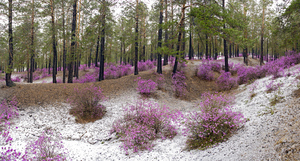 Essential substances, which are isolated from the plant, have an antiseptic effect, therefore they are widely used in medicine. The first mention of its healing properties can be found in the history of the 12th century AD. Then they were treated for gout, arthritis, bronchitis and other pulmonary diseases. For treatment, a decoction or young shoots are used. The broth has bactericidal and mucolytic or expectorant properties. The decoction also lowers blood pressure. Also in history there is a mention of the treatment with rosemary of the kidneys, heart and liver. The broth is used in the treatment of worms.
Essential substances, which are isolated from the plant, have an antiseptic effect, therefore they are widely used in medicine. The first mention of its healing properties can be found in the history of the 12th century AD. Then they were treated for gout, arthritis, bronchitis and other pulmonary diseases. For treatment, a decoction or young shoots are used. The broth has bactericidal and mucolytic or expectorant properties. The decoction also lowers blood pressure. Also in history there is a mention of the treatment with rosemary of the kidneys, heart and liver. The broth is used in the treatment of worms.
The smell of fresh leaves repels insectssuch as moths and mosquitoes. Therefore, wild rosemary branches are laid out where fur things are stored and laid out in nature in the place of a halt.
